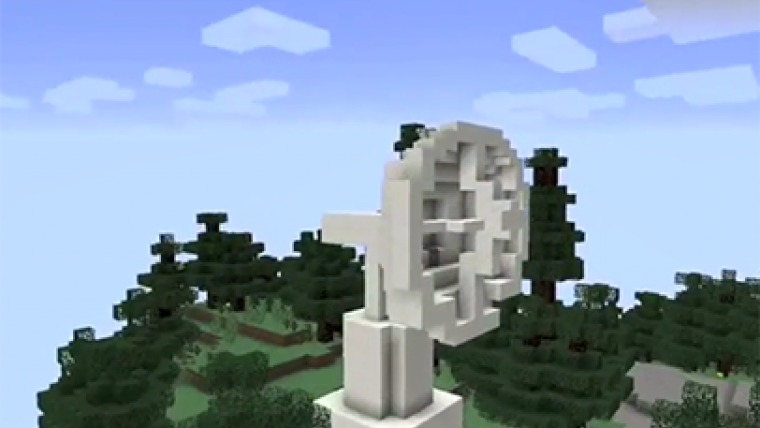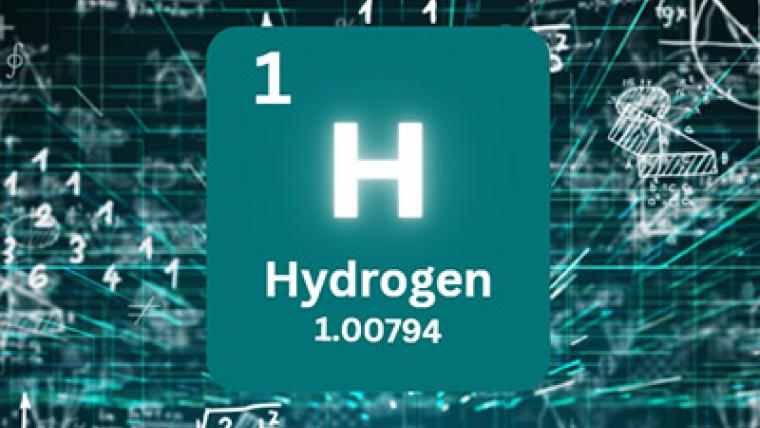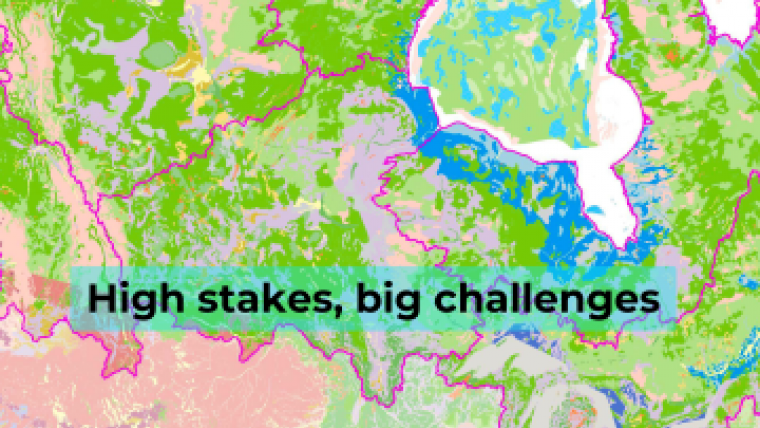Making a very real difference while working in artificial intelligence
Shiva Tirdad is a geosciences research scientist for Natural Resources Canada’s Geological Survey of Canada. She is based in Quebec City, Quebec.
February 2022
Shiva Tirdad is a new geophysical researcher and artificial intelligence specialist at Natural Resources Canada (NRCan). She’s working to develop digital artificial intelligence (AI) tools that will help geologists in their mineral exploration decisions by improving the interpretation of airborne geophysical surveys.
Most of us are familiar with how high-resolution photography or video captures very fine detail, and this advantage is of great value for those working with scientific data. “When geologists have higher-resolution geophysical data, they’re better able to interpret anomalies in the data,” she says.
Shiva Tirdad
Shiva is fascinated by the application of artificial intelligence to geoscience, a relatively new field with many possibilities. Hired last November at Natural Resources Canada, she chose to pursue a career with the federal government because she appreciates that her research benefits society as a whole and that the data from her work is directly available to all as part of the Government of Canada's open data framework.
Originally from Iran, Shiva immigrated to Canada in 2014 to undertake doctoral studies at the Institut national de la recherche scientifique (INRS). Trilingual in Persian, English and French, she comes from a family that values education.
An early turning point came when as a child in middle school she was accepted in the math Olympiad in her city and then in her province. “This made me more enthusiastic about the subject,” she recalls. It was a formative experience that led her to pursue studies in engineering. Since her PhD, she has focused on geophysics, geostatistics, and AI, which allows her to continue solving geoscientific problems using math.
During her university studies both in Iran and in Quebec, she noticed how few female students and even fewer female professors were in science.
This experience let Shiva to feel that it’s important for women of her generation to get involved in science and become role models for young girls. “There might be times they do not feel that they belong, or they question their abilities,” she says. “There might be times that they have to work harder than others to prove that they are capable of doing a very good job. But they should believe in themselves and shouldn’t give up.” She wants to do her part to break down the barriers for female students and young geoscientists in particular, through her status as an adjunct professor at INRS.
She’s not alone in her efforts. This International Day of Women and Girls in Science, NRCan recognizes the crucial role women and girls play in contributing groundbreaking scientific results and the barriers to their participation at all levels of the STEM disciplines — science, technology, engineering and mathematics — in Canada and around the world.
For more information:
Listen:
Simply Science podcast, Incorporating Artificial Intelligence
Page details
- Date modified:


